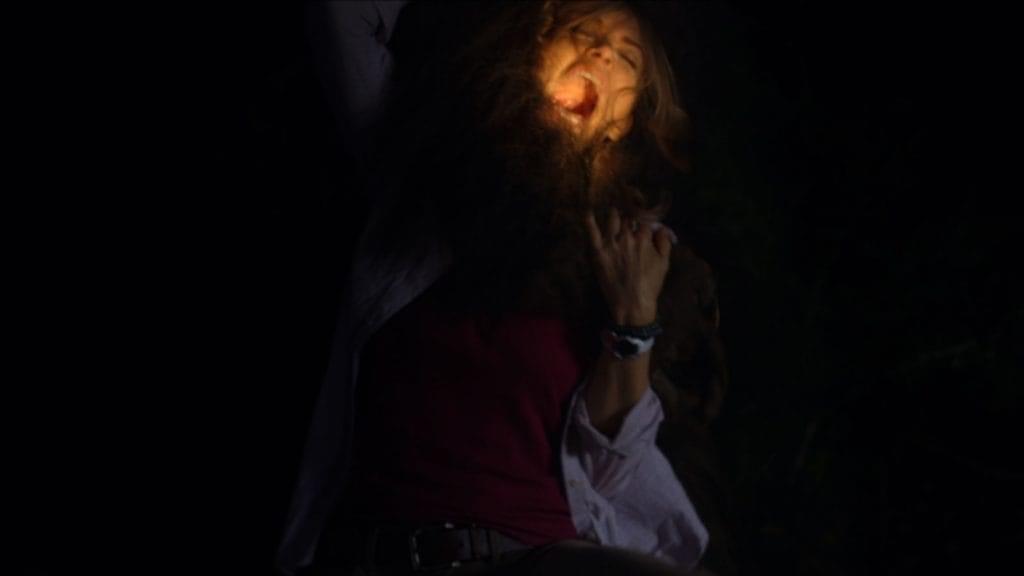
It’s remarkable that several years after Smoke Signals enjoyed a respectable arthouse run, thereby identifying something of a mainstream audience for stories exploring the lives of modern Native Americans, so few pictures have tapped into this rich, untapped vein. Sterlin Harjo’s winning Goodnight Irene is the latest reminder of what we’re missing. A simple 13-minute short with a fair amount of lingering power, the piece takes place in the waiting room of a hospital on an Indian reservation. An older Seminole woman, the titular Irene, sits with two young Seminole men as they each await treatment. Although the movie’s hand is tipped by an opening epigraph reading something like “…and when they are gone, who will tell us their stories?,” the point is clearly made that the young Seminoles — much like twentysomethings in Anglo culture — too easily fail to recognize the wisdom carried around by tribal elders such as Irene. Harjo’s impressive accomplishment in this warm film is evading the obvious. The setup could easily have led to Irene educating her young companions with some mystical monologue or historical lesson. Instead, she makes her presence known by speaking to the boys gently and kindly, peppering her speech with enough of the Seminole tongue to hint at the vast knowledge she possesses. Her powerful presence motivates one of the boys to make a grand gesture, and that is the answer to the movie’s epigraph. The stories of those who pass from this world can be told by anyone who takes the time to acknowledge the passage. It’s a useful lesson for an American society perpetually inclined to disregard the tales of those who walked this land long ago, and those of their descendants who walk it still today.
